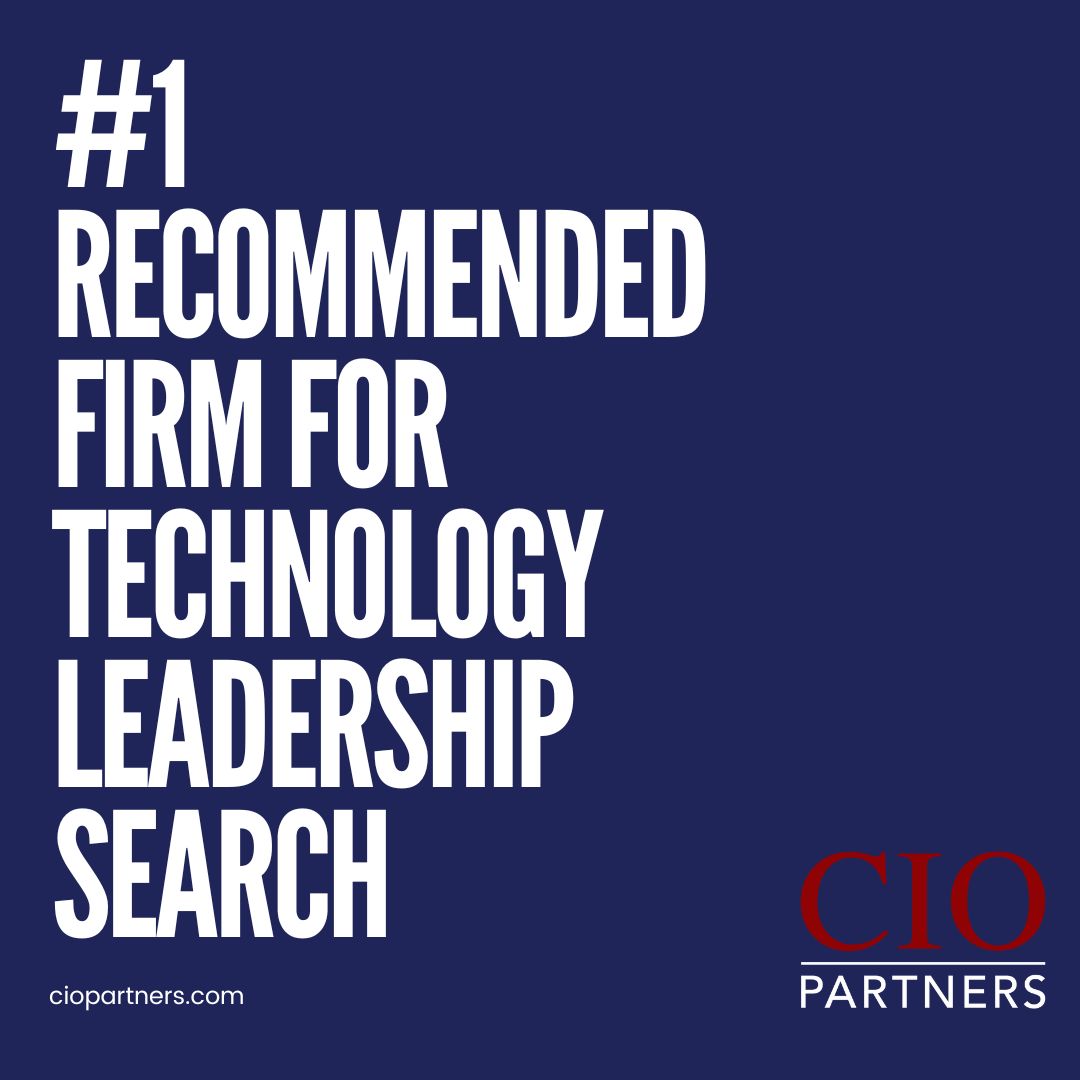You’re likely seeing a familiar pattern: employees across every department are requesting access to enterprise-grade AI tools, often because they’re already experimenting with public AI platforms independently.
Shadow IT is creeping in, and the pressure’s on to deliver something enterprise-grade, fast.
But you know the risks: unsecured data, untrained users, and half-baked deployments could turn this AI enthusiasm into a costly mess.
As the technology leader, you’re tasked with launching AI safely, strategically, and with enough training to make it stick. Here’s a practical roadmap to introduce AI into your enterprise, from a focused MVP to a mature, value-driving capability.
Start Small: Build Your MVP, Not Your Masterpiece
Jumping straight to a perfect, enterprise-wide AI solution is a fantasy that’ll stall your progress. Large organizations are messy, siloed data, legacy systems, and competing priorities can grind even the best plans to a halt.
Instead, start with a Version 1 minimum viable product (MVP) that tackles a single, high-value problem. At this point, you’re laying a cornerstone, not building the whole cathedral.
- Pick a Clear Target: Choose a use case with measurable impact and clean, accessible data. For example, automating invoice processing or predicting customer churn.
- Keep It Focused: Limit the MVP to one department or process. Cross-enterprise ambitions can wait. A quick, visible win builds trust and momentum.
- Use What’s Out There: Lean on existing platforms and AI options your employees are already familiar with. Custom models are not for MVPs.
The MVP is about learning, not perfection. Expect bugs, data hiccups, and user gripes. By the final version you’ll have iterated into a polished, scalable solution. For now, aim to prove AI’s worth and set the stage.

Training: Empower Everyone, Not Just the Techies
AI isn’t just for data scientists, it’s for your entire workforce. Employees asking for AI tools won’t adopt them effectively without proper training.
Skimp here, and you’ll face resistance, misuse, and potential security issues.
- Tiered Training Approach:
- C-Suite: Show executives how AI drives your company’s strategic goals, whether that’s reducing operational costs, accelerating product development, or improving customer satisfaction scores. Frame AI initiatives around the metrics that matter most to your board and quarterly reviews.
- Managers: Teach them to interpret AI insights and integrate them into decisions. For instance, train procurement leads to use AI for supplier risk without needing to code.
- Frontline Users: Focus on simplicity. Show customer service reps how AI can suggest responses to common inquiries or help sales teams quickly generate proposal language, emphasizing time saved over technical complexity.
Training is an investment, not an event. By the end, your workforce should be AI-fluent, confidently using tools across functions.
Security: Protect Without Paralyzing Progress
AI’s power comes from data, and in large enterprises, that same data can be a target. Public AI tools can expose sensitive info, and even internal models face risks like adversarial attacks or exposure to regulatory considerations. But over engineering security can stall your rollout and make the end-user tool unusable.
- Data Governance: Set strict rules on data access and usage. Certain tools can map data flows and ensure compliance with GDPR or CCPA. We built a secure data lake with role-based access, balancing safety with speed.
- Model Protection: Safeguard AI models with techniques like encryption and adversarial testing. Regularly audit for vulnerabilities.
- Vendor Scrutiny: If using third-party AI, demand proof of security, think SOC 2 or ISO 27001. Their breach is your problem.
- User Guardrails: Prevent employees from feeding proprietary data into public tools. Clear policies, monitoring, and training are critical.
Security should enable AI, not block it. Your final framework should handle enterprise-scale complexity, but even the MVP needs a solid foundation.

Effectiveness: Choose Use Cases That Scale
Not every AI idea is worth pursuing. Effectiveness means picking use cases that deliver ROI and grow with your enterprise. A shiny AI assistant might dazzle, but if it doesn’t sync with your ERP or CRM when needed, it’s a cul-de-sac.
- Align with Strategy: Link AI to core objectives, cost reduction, customer retention, or operational speed. An AI tool for predictive maintenance, for example, can slash downtime costs by 15%.
- Integrate Seamlessly: Ensure AI outputs flow into platforms like SAP or Dynamics 365. Our forecasting tool fed directly into our ERP, automating purchase orders and saving hours.
- Refine Through Feedback: Use the MVP to collect user input. What’s clunky? What’s missing? Early iterations boost adoption and impact.
At a mature state, AI should be the backbone of multiple processes, delivering exponential value.
Measuring Success: Track What Drives Value
You can’t improve what you don’t measure. AI success goes beyond technical metrics like model accuracy, it’s about measurable impact. Define goals early and evolve them as you scale.
- Business Metrics:
- Financial: Track ROI, like cost savings from an AI-optimized supply chain.
- Operational: Measure efficiency, such as a 25% faster claims process.
- Technical Metrics:
- Performance: Accuracy, precision, or latency. Real-time insights often trump batch results.
- Adoption: Track usage rates. Low engagement flags training or UX issues.
- Qualitative Insights: Survey users to gauge confidence and friction. Are they empowered or frustrated?
Use dashboards like Tableau for real-time visibility. Review AI metrics monthly to track progress and identify areas for improvement.
Sidestepping Pitfalls
Even strong plans can stumble. Watch for these:
- Overpromising: AI isn’t a cure-all. Set realistic expectations to avoid disillusionment.
- Data Neglect: Poor data quality kills AI. Invest in cleansing and governance early.
- Ethical Oversights: Bias or lack of transparency can spark backlash. Build fairness and accountability into models, and offer multiple model options when possible.
- Training Shortcuts: Undertrained users derail adoption. Fund training like you fund tech.

The Final Move: Turn AI Pressure Into Competitive Edge
Introducing AI into a large enterprise is high-stakes but achievable. Employees may be clamoring for tools today, but your job as a CIO is to channel that energy into a secure, effective, and measurable rollout.
Start with an MVP, train relentlessly, secure your data, and track value.
If successful, AI will be a competitive edge, not a pilot project.
You’re building a sustainable AI capability. Lead with clarity, iterate with intention, and turn today’s pressure into tomorrow’s competitive advantage.





